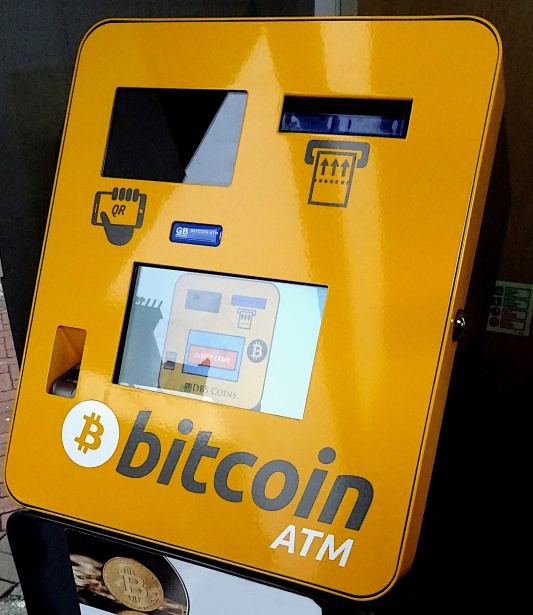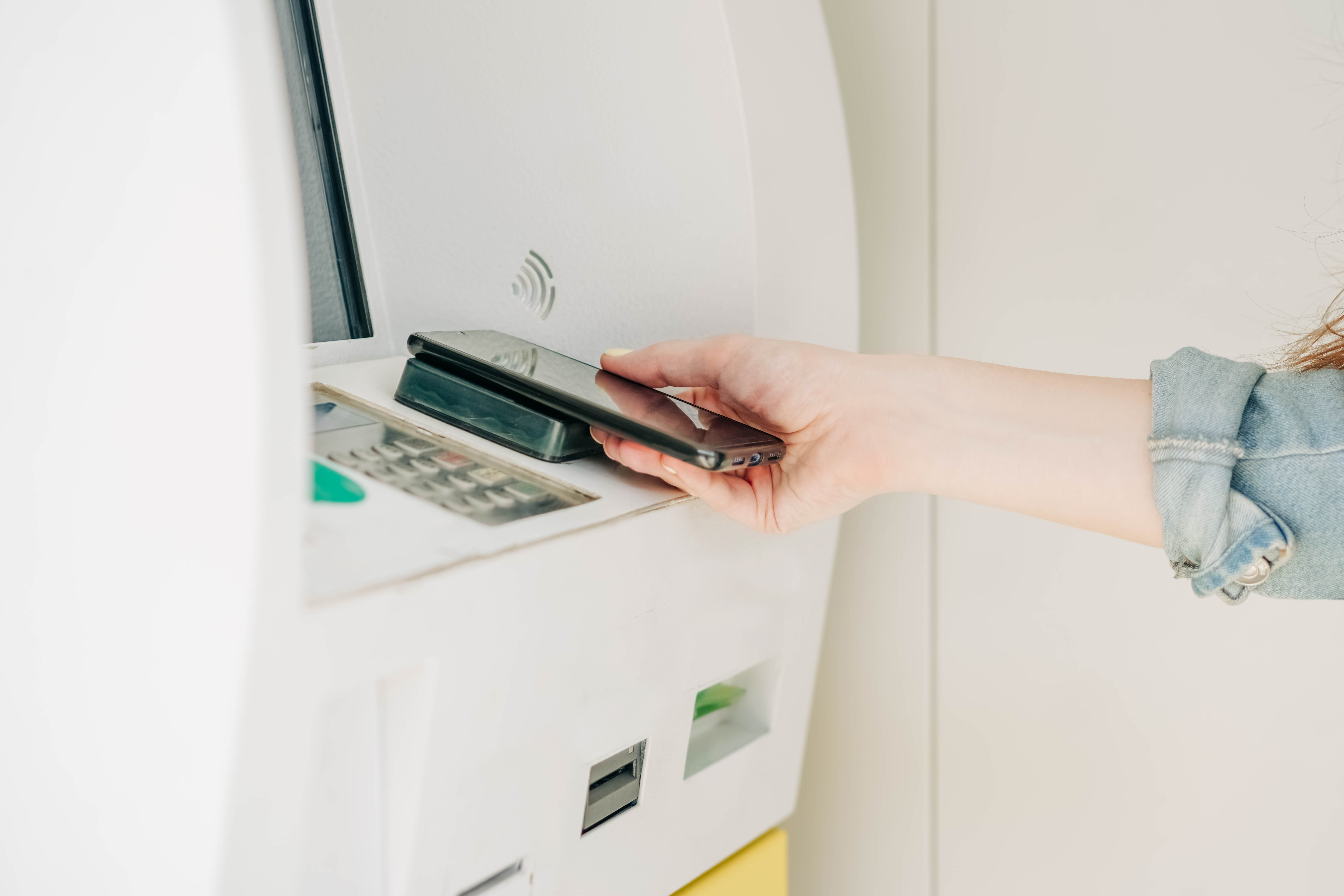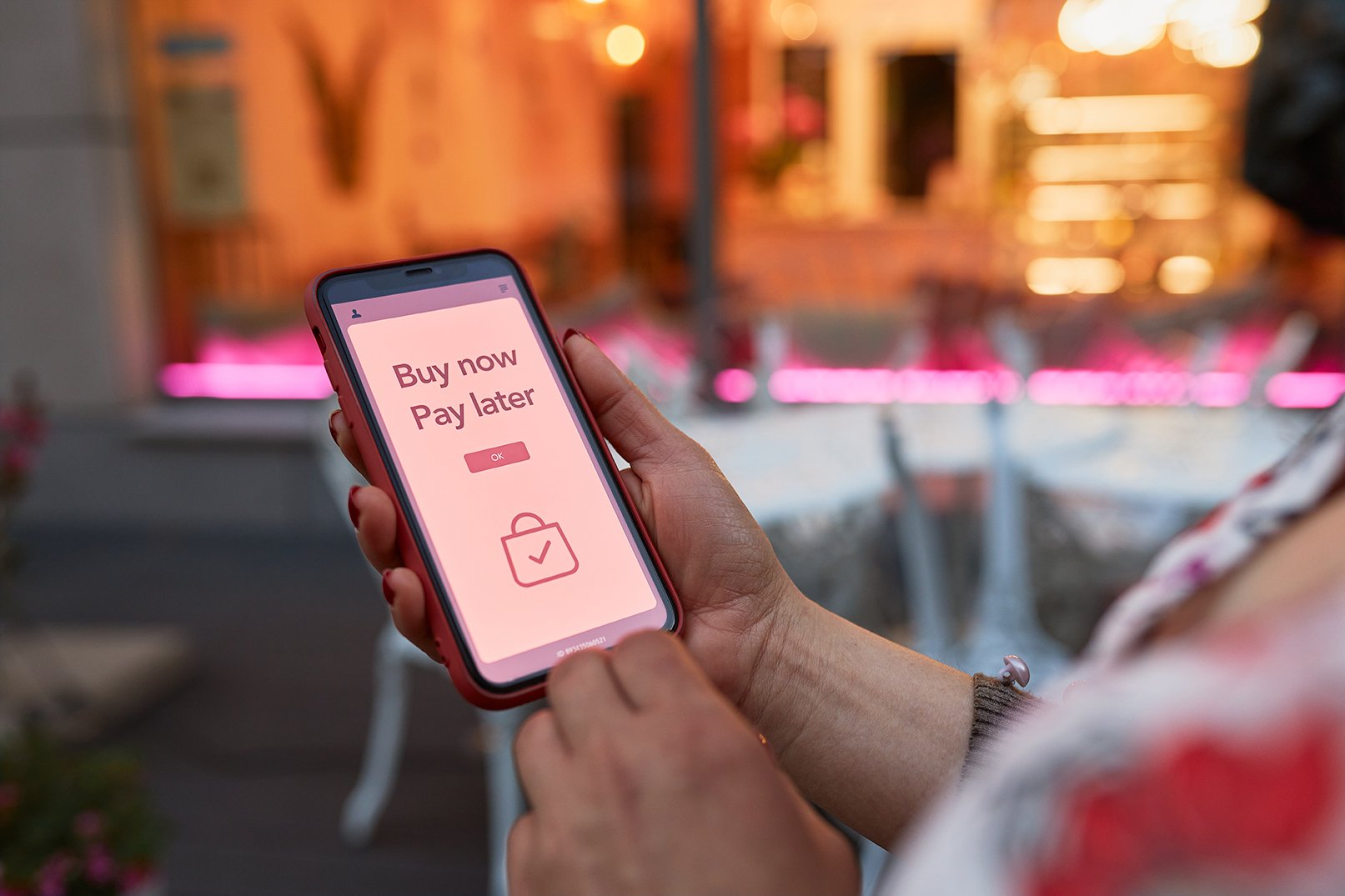Additional revenue for ATM operators – Are Bitcoin ATMs the answer?

Despite the skeptics and the critics, cryptocurrencies are here to stay. For a little while longer, at least! If you have been interested in the concept for a while or are just starting to figure things out, you may be wondering how you can take advantage while it’s still a hot topic. As ATM operators, there is an added revenue opportunity that arises with the widespread interest in getting on the cryptocurrency train. According to Coin ATM Radar, there are more than 35,000 Bitcoin ATMS – or BTMs – in the US, and over 2,500 in Canada. Here's what you need to know.
ATM vs. BTMs
You would be familiar with the various versions of automatic teller machines (ATMs) which vary in functionality from simply dispensing cash to performing almost any traditional bank teller function. BTMs, however, are kiosks that allow you to buy or sell not only bitcoin but other cryptocurrencies, either using a cash or card. Because the person is buying (or selling) a virtual currency, the machine is not linked to any bank, but rather connects to your virtual wallet, which needs to be set up and verified before the transaction takes place.
Regulation
In both the U.S. and Canada, cryptocurrency transactions must comply with Anti-Money Laundering and Counter-Terrorist Financing (AML/CTF) laws, and companies dealing in these currencies must register with Fintrac (Financial Transactions and Reports Analysis Centre of Canada) in Canada and FinCEN in the U.S., retaining records and reporting any suspicious transactions. Cryptocurrency exchanges are considered securities and therefore subscribe to the countries’ respective securities laws.
Digital currencies can be used to buy and sell goods on the internet and in store, where they are accepted, and you may also buy and sell currencies on exchanges, similar to a stock market. They are not, however, considered legal tender as the US and the Canadian dollar are.
The BTM Explosion
The very first BTM open to the public was actually set up back in 2013 in Vancouver, Canada, which was the first country to approve regulation of cryptocurrencies, in 2014. However, unless you were closely following Bitcoin and other cryptocurrency news from inception, you probably wouldn’t have noticed until the last couple of years. Like many other fintech trends, the pandemic accelerated growth of the BTM industry for various reasons. For example, there was the uncertainty surrounding cash use, where converting to a digital currency may have offered a sense of security. Also, the prospect of investing money for a potentially handsome return would have been attractive to people who were out of work. In 2020 in the U.S., there were only around 4,000 BTMs and in the last two years, this has multiplied by almost 9-fold. Current economic circumstances, inflation and global conflicts may have caused some fluctuations but overall, the bitcoin value is still much higher than it was a couple years ago.
The Downside
As can be expected with such a swift expansion of a new and somewhat controversial technology, there has been a lack of understanding and/or compliance (whether intentional or not) to protocols which should protect consumers and which have given way to instances of fraud and other illicit transactions. ATM operators who choose to “look the other way” may set up more kiosks in search of more profits (further increasing possibilities of fraud). However, this is not expected to last for too much longer as regulators become more involved, enforcing compliance and fraud prevention measures, reducing the amount of unsavory BTM operators and protecting the vulnerable.
The Upside
The good news is that we believe there is a big opportunity for reputable ATM operators to make extra revenue from BTMs. Education and clear communication will be key. BTM operators would greatly benefit from educating their customers or potential customers on how buying and selling cryptocurrencies works, including how to set up a wallet (which needs to be done in order to buy or sell). In the same vein, proper communication of what your machine does and how it works will make a customer’s experience more pleasurable and likely ensure repeat business. BTMs have different functionalities – some facilitate buying only, while others allow you to buy and sell. Some take only cash or only card or both, and some may request exact bill amounts. And lastly, be transparent about the fees that you charge. Obviously, this is where an operator will make his profit. Trying to hide your fees will only cause distrust and frustration in a customer. It is better to upfront so that the customer feels like they are in control and able to trust the transactions made at the BTM.
Do you run BTMs? If not, are you interested in doing so? Let us know what your experience has been like.
https://www.atmmarketplace.com/blogs/how-to-make-bitcoin-atms-more-user-friendly/

